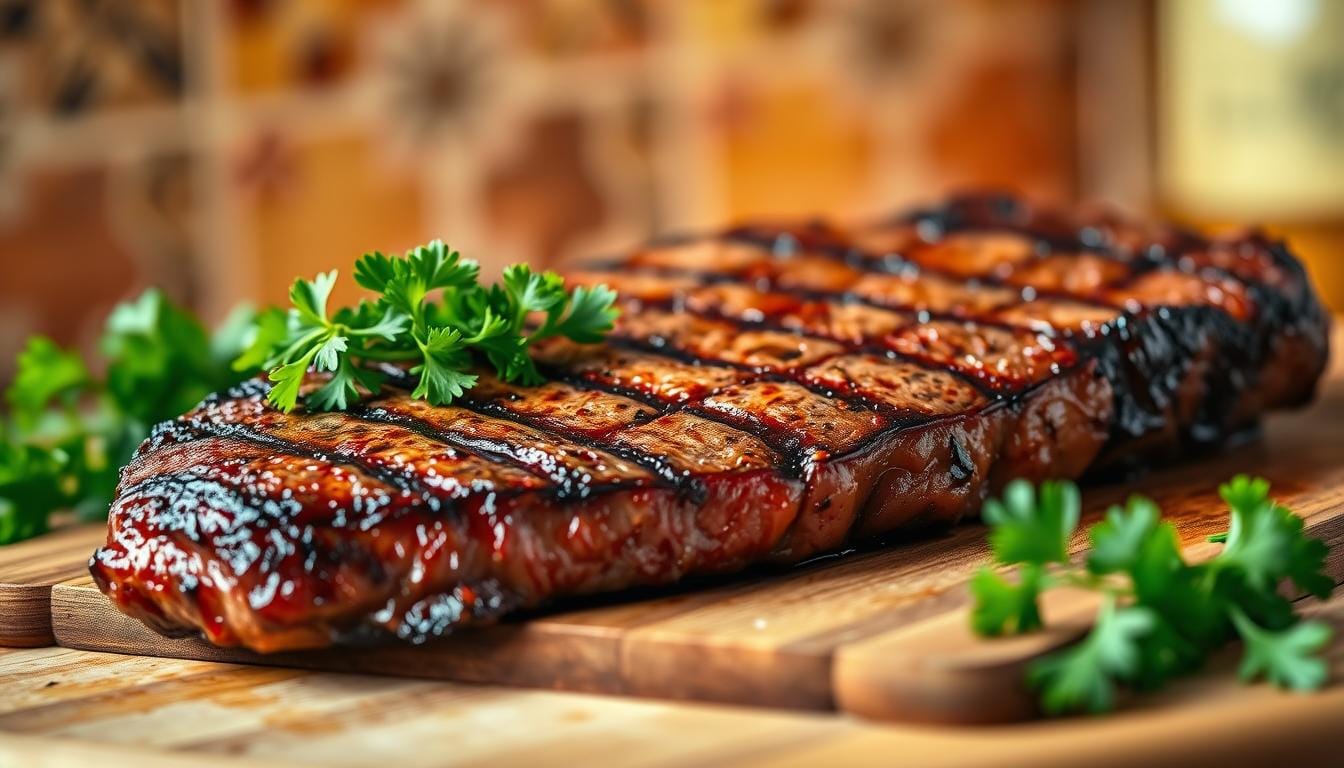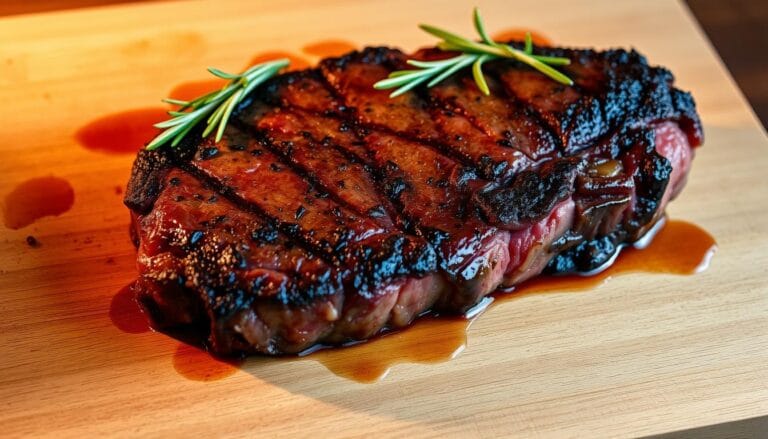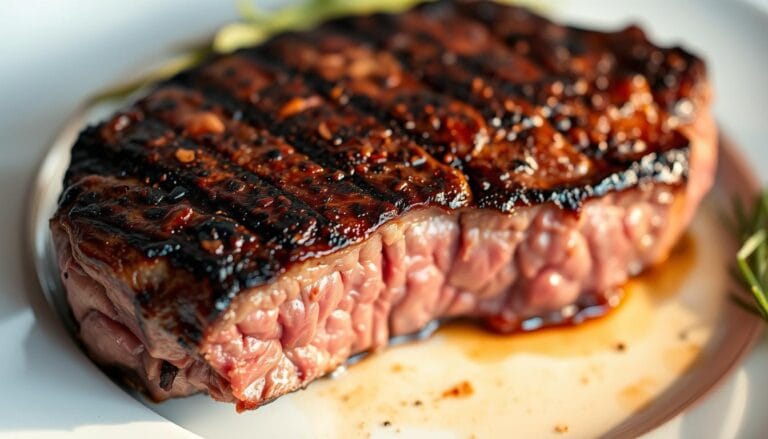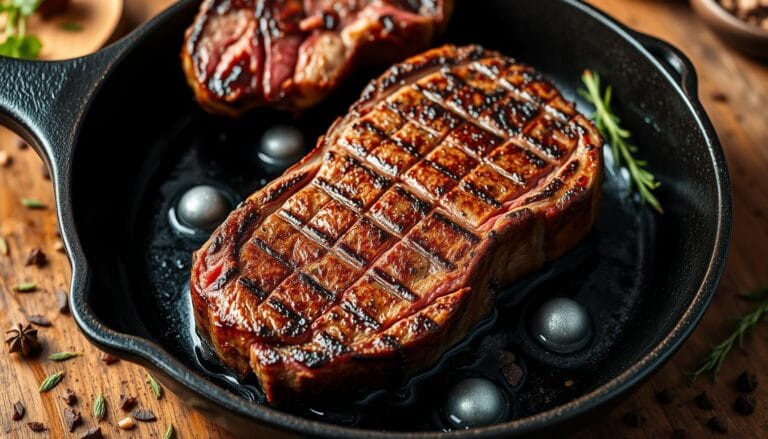Discover What is Steak in Spanish: Translation and Culinary Insights
Table of Contents
Discover What is Steak in Spanish: Translation and Culinary Insights
Imagine walking into a restaurant in a Spanish-speaking country, eager to try the local cuisine, but struggling to order your favorite dish because you don’t know how to say steak in Spanish. You’re not alone; learning a new language can be challenging, especially when it comes to culinary vocabulary.
Bistec, the Spanish word for steak, is derived from the English term “beefsteak” and is widely recognized across Spanish-speaking countries. However, regional variations exist, with terms like filete, bife, and churrasco being used in different contexts.
Understanding these terms not only enhances your Spanish language skills but also allows you to appreciate authentic Hispanic cuisine. Whether you’re a language learner or a food enthusiast, knowing steak vocabulary in Spanish opens up a new world of culinary exploration.
Key Takeaways
- Learning the Spanish word for steak enhances your culinary vocabulary.
- Bistec is the primary term used across Spanish-speaking countries.
- Regional variations include filete, bife, and churrasco.
- Understanding steak vocabulary improves your Spanish language skills.
- Appreciate authentic Hispanic cuisine with the right culinary terms.
- Culinary vocabulary is a practical aspect of language acquisition.
What is Steak in Spanish: Common Translations
Translating ‘steak’ into Spanish can be nuanced, with various words used across different regions. The Spanish language has adopted several terms to refer to steak, reflecting local culinary traditions and the type of meat.
Primary Spanish Words for Steak
The most common translations for “steak” in Spanish are “bistec” and “filete.” “Bistec” is derived from the English term “beefsteak” and is widely understood throughout the Spanish-speaking world. “Filete” typically refers to a higher quality cut, similar to a filet mignon or tenderloin steak.
- Bistec: The most widely recognized term for steak.
- Filete: Refers to a high-quality cut of steak.
Regional Variations Across Spanish-Speaking Countries
Spanish steak terminology varies significantly by region. For instance, in Argentina and Uruguay, “bife” is the preferred term, reflecting their strong beef culture. In the Southern Cone, “carne de res” or “churrasco” are commonly used, especially for grilled preparations.
- Bife: Used in Argentina and Uruguay.
- Carne de res or churrasco: Used in the Southern Cone.
Pronunciation Guide for Spanish Steak Vocabulary
Learning the pronunciation of steak-related terms in Spanish enhances your culinary adventures. Correct pronunciation ensures clear communication, especially when dining at Spanish restaurants.
How to Pronounce “Bistec” and “Filete”
The word “bistec” is pronounced as “BEE-stek” with a crisp ‘k’ sound at the end. You can remember it by associating it with “beefsteak,” breaking it down into “bee-f-stec.” For “filete,” pronounced as “fee-LEH-teh,” place emphasis on the second syllable and clearly pronounce the final ‘e’.
Audio Tips for Perfect Pronunciation
Listening to native speakers through audio resources can significantly improve your pronunciation. Practice speaking these words in complete sentences to develop muscle memory. Here’s a simple table to help you with pronunciation:
| Spanish Word | Pronunciation |
|---|---|
| bistec | BEE-stek |
| filete | fee-LEH-teh |
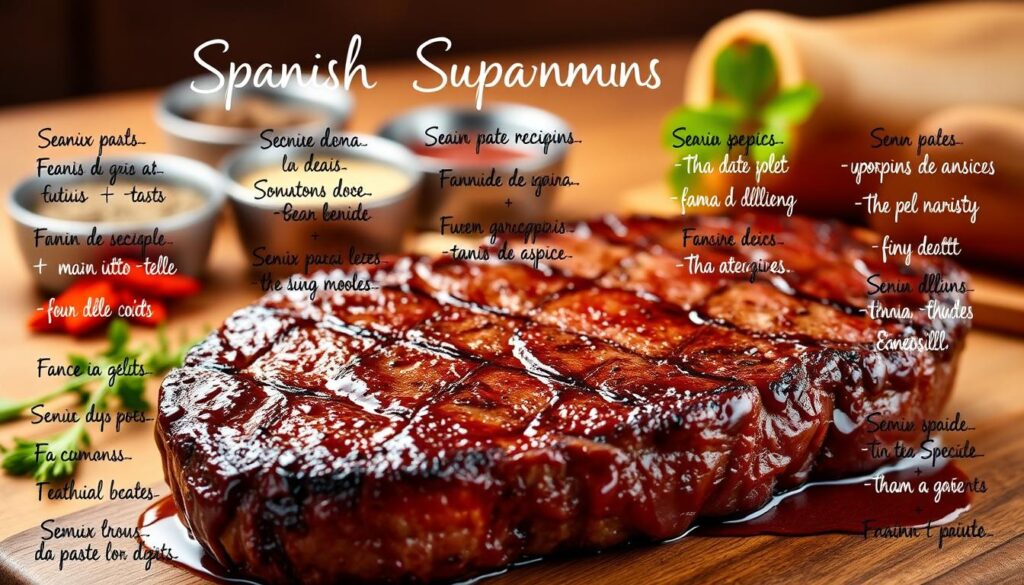
Ordering Steak in Spanish Restaurants
When dining at a Spanish restaurant, you can elevate your experience by learning how to order steak in Spanish. Mastering a few essential phrases can make a significant difference in your culinary adventure.
Essential Phrases for Steak Lovers
To order steak like a local, you need to know some key phrases. For instance, you can say “Me gustaría pedir un bistec a la parrilla, por favor” (I would like to order a grilled steak, please). Other useful sentences include “Para cena, estoy pensando en preparar bistec con papas fritas” (For dinner, I’m thinking of making steak with fries) and “¿Podrías añadir más especias al bistec mientras se cocina?” (Could you add more spices to the steak while it’s cooking?).
| Phrase | Translation |
|---|---|
| Me gustaría un bistec, por favor | I would like a steak, please |
| ¿Cómo quieres el churrasco? | How would you like your steak? |
| Lo quiero vuelta y vuelta | I want it rare |
Describing Steak Doneness in Spanish
Understanding how to describe the doneness of your steak is crucial. In Spanish, you can use terms like “vuelta y vuelta” (rare), “a punto” (medium), and “bien cocido” (well-done) to specify your preference. For example, you can say “¿Cómo quieres el churrasco? – Lo quiero vuelta y vuelta” (How would you like your steak? – I want it rare).
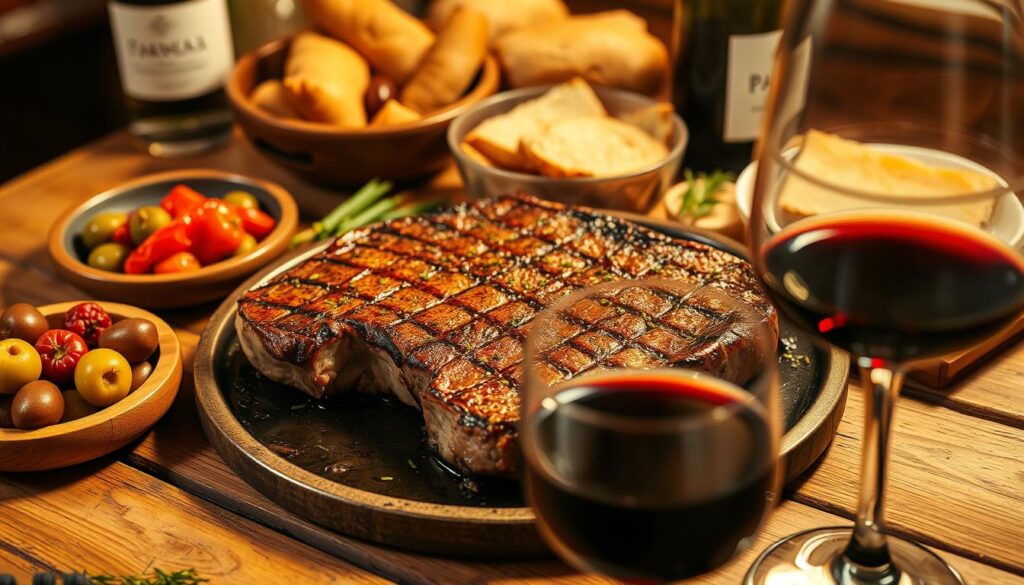
By learning these essential phrases and terms, you can enhance your dining experience and show respect for the culinary culture. Whether you’re in Spain or a Spanish-speaking country, being able to order steak in Spanish will make your meal more enjoyable.
Conclusion: Enhancing Your Spanish Culinary Vocabulary
Enhancing your Spanish culinary vocabulary is not just about translation; it’s about immersing yourself in the culture. By learning the Spanish word for steak, you’re enriching your language skills and culinary adventures. Understanding regional synonyms like “bistec,” “bife,” and “churrasco” reflects the diversity of Hispanic culinary traditions.
Continued learning of food terminology serves as a gateway to broader language acquisition, combining practical utility with cultural knowledge. As you develop your Spanish skills, remember that mastering regional food terms is as important as grammar and general vocabulary.
FAQ
How do you translate “steak” into Spanish?
Are there regional variations in Spanish-speaking countries for the word “steak”?
How do you pronounce “bistec” and “filete”?
What are some essential phrases for ordering steak in Spanish?
How do you describe steak doneness in Spanish?
For more cooking tips, stay connected with us. We also recommend the cookbook Skinnytaste Simple: Easy, Healthy Recipes with 7 Ingredients or Fewer
For more Recipes about Beef?
Did You try our recipe ?
There are no reviews yet. Be the first one to write one.
